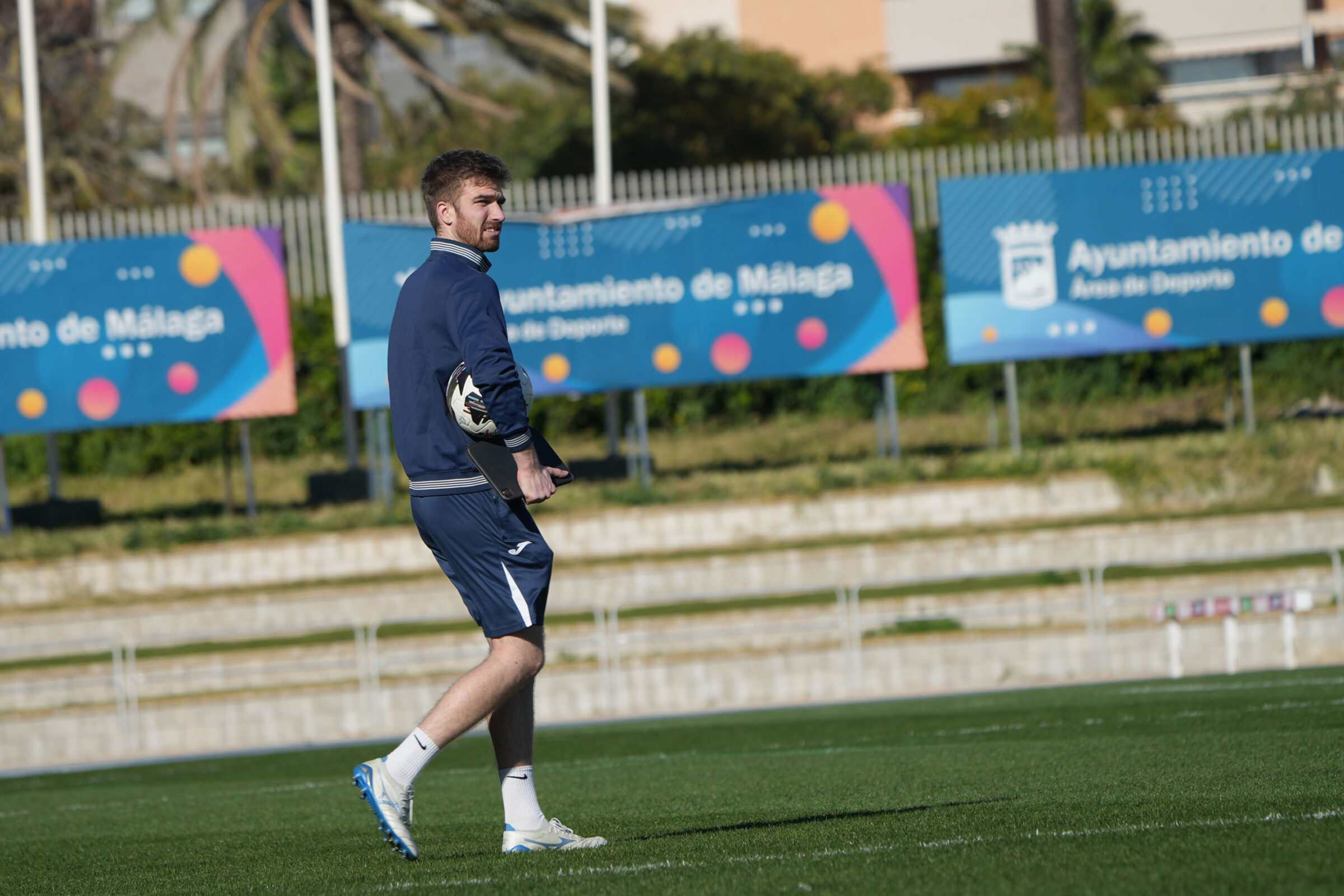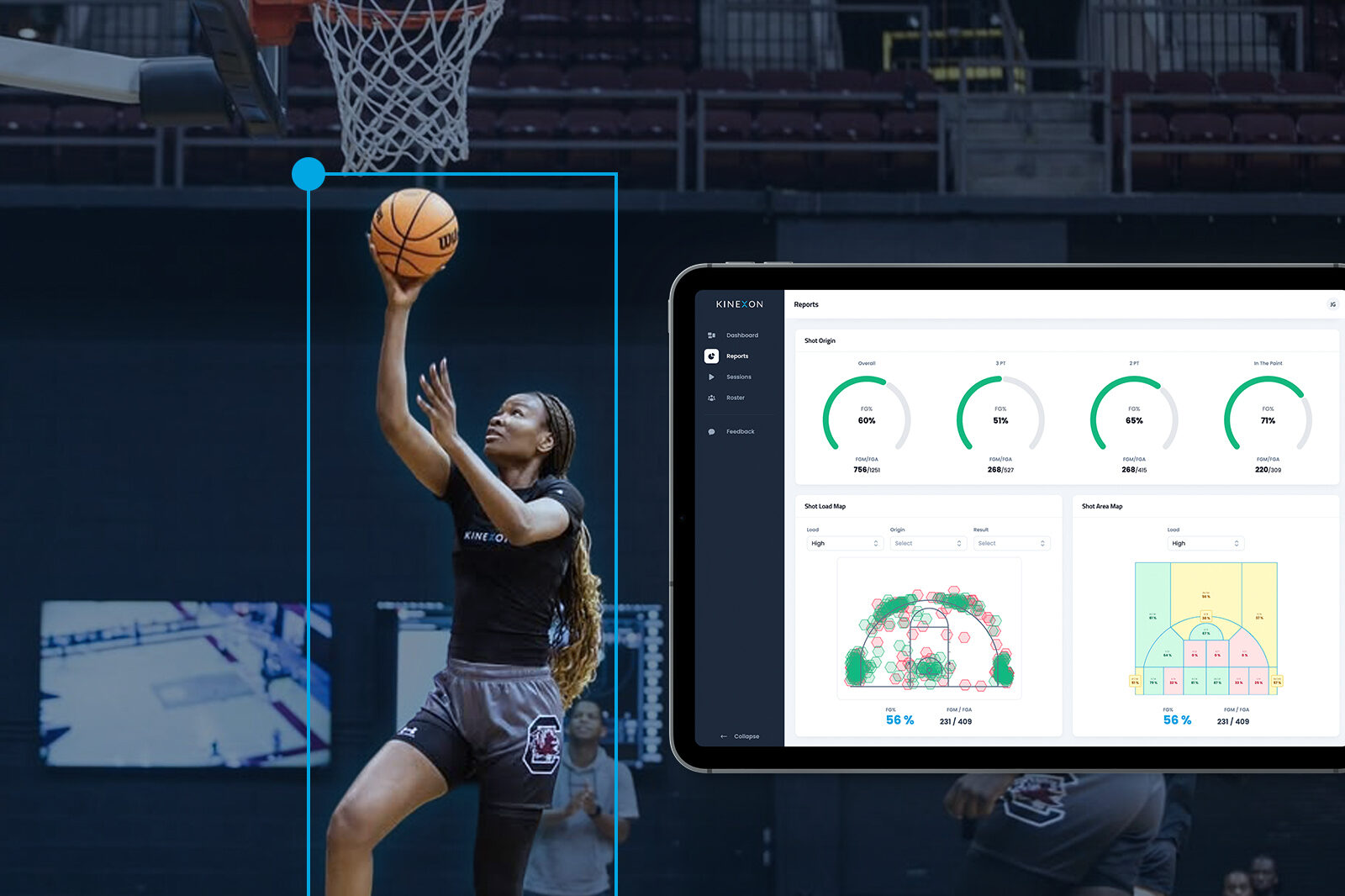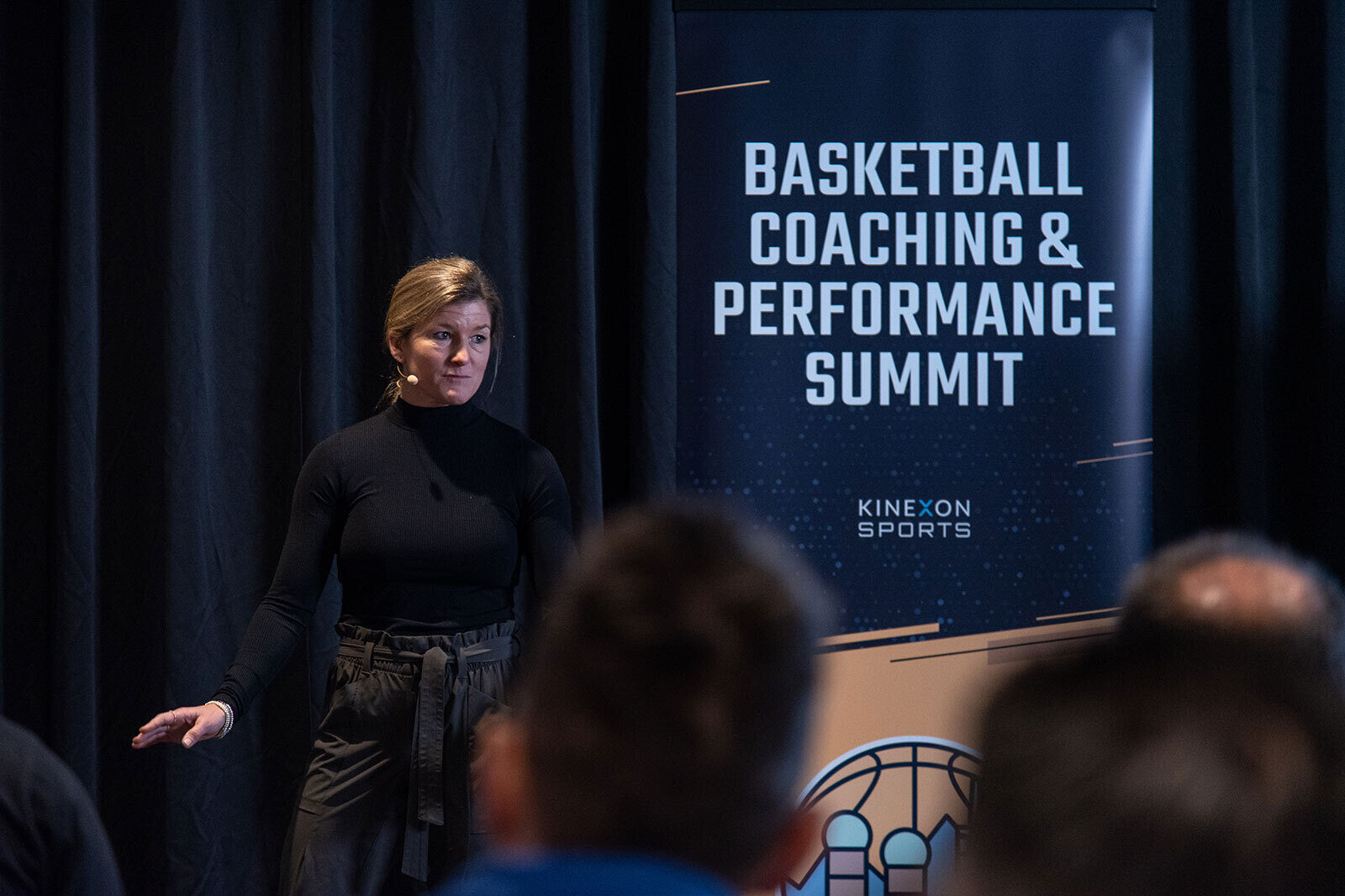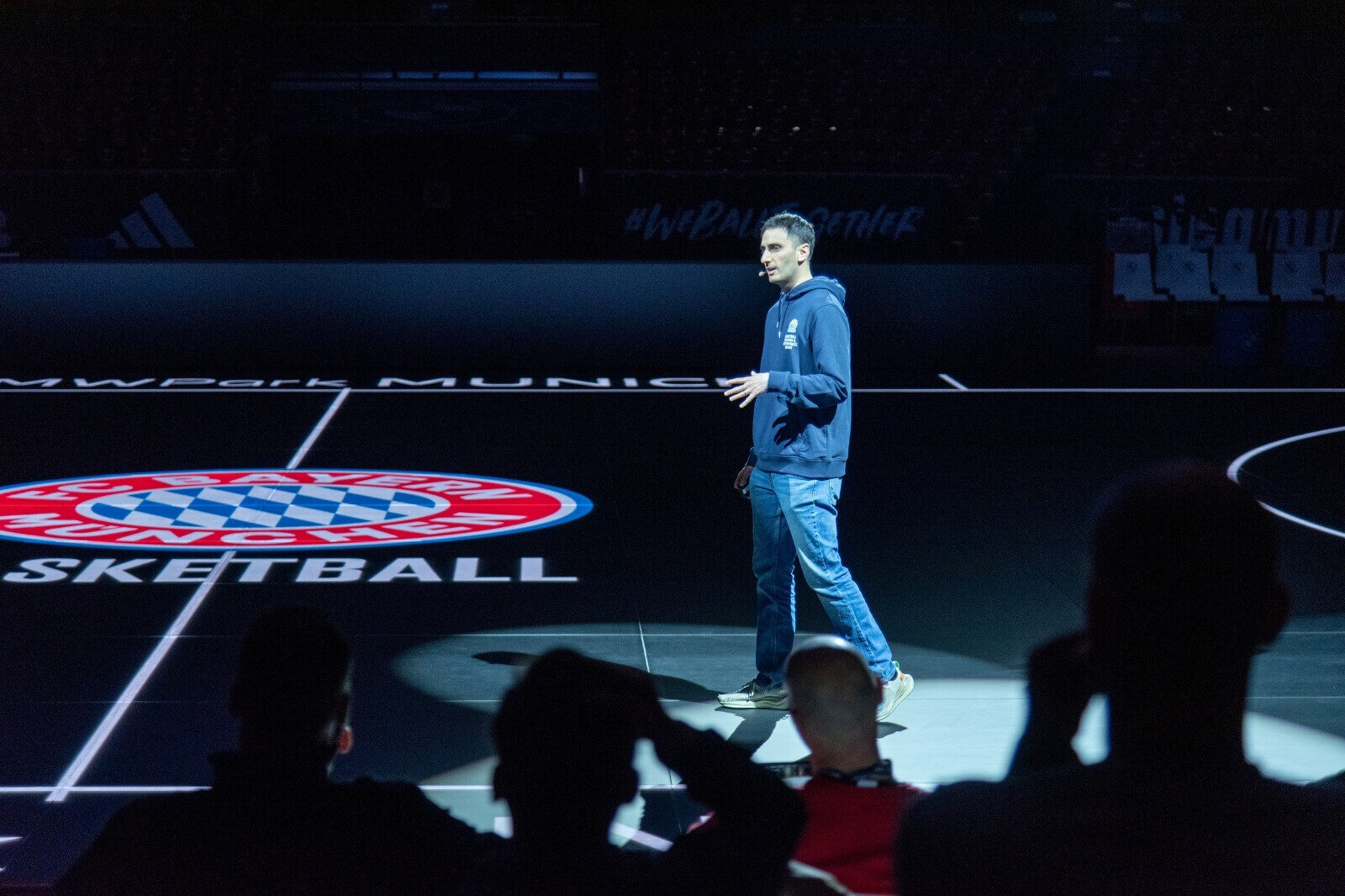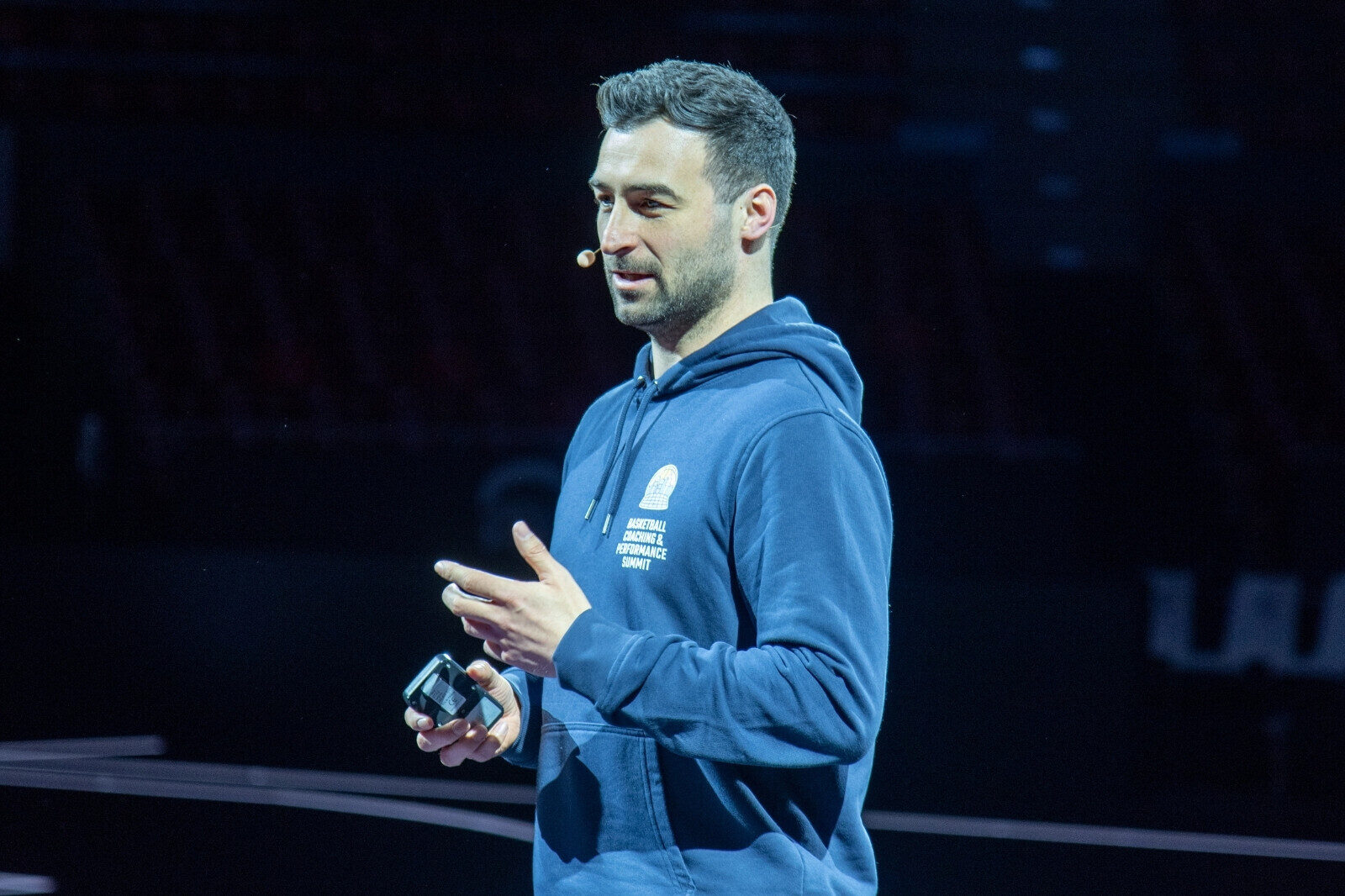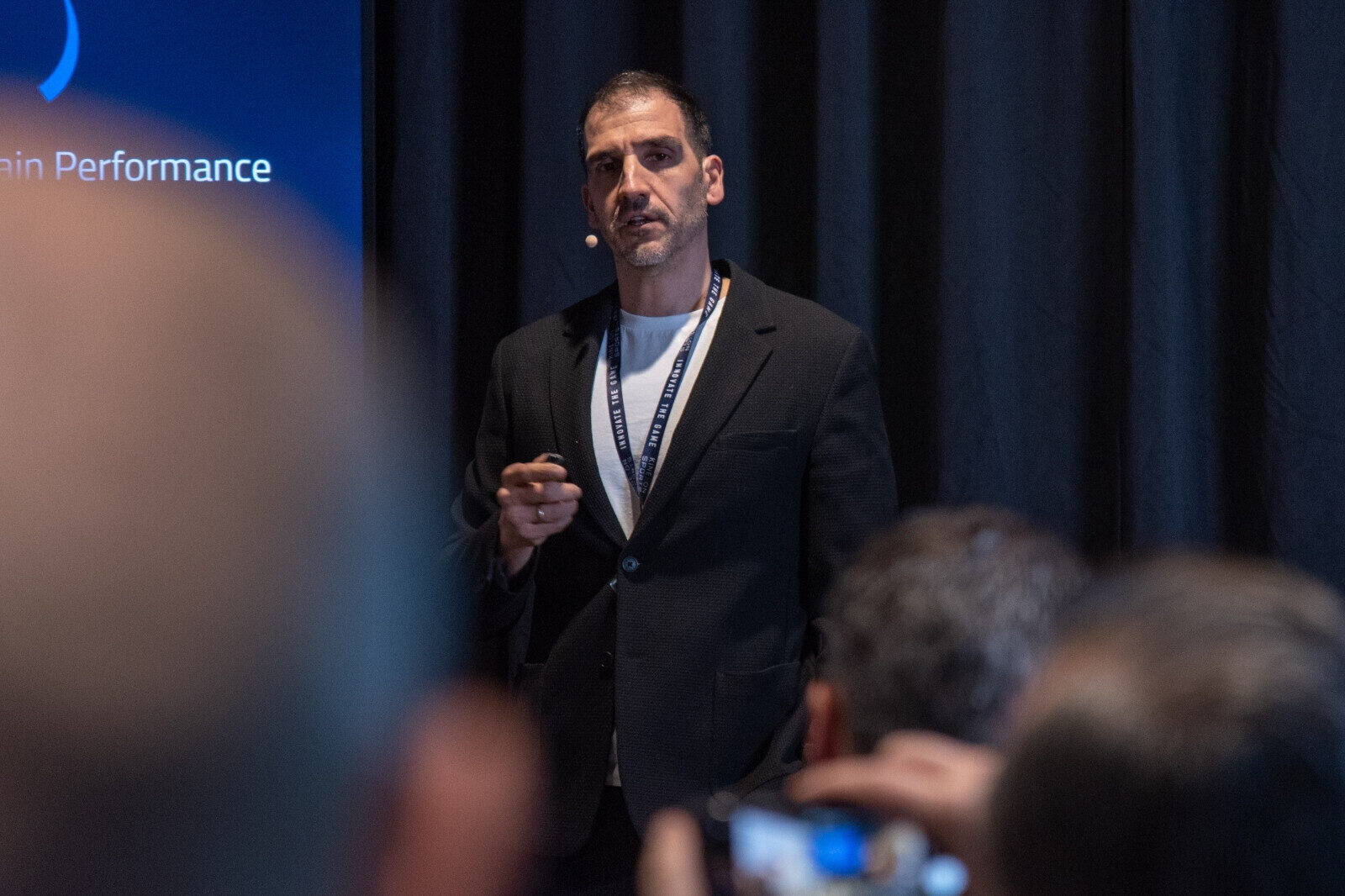What a Handball Player Tracking System is Doing for Load Management DAIKIN HBL
Author: Jan Pfisterer
The best way to manage the demands team handball places on its athletes is with a player tracking system. Handball tracking helps players deal with the stresses and strains on the field, their tight schedules, and their short breaks. By partnering with KINEXON, DAIKIN HBL laid the groundwork for using player tracking data to dose the load on players in a way that helps clubs minimize the risk of injury and maximize performance potential. But that’s not all.

The next step is to use handball tracking to provide optimized, seamless performance data collection and analysis to ensure athletes are prepared for the demands of team handball.
My colleague Michael Elmer drew a detailed picture of the stress profile in international top handball. The essence: players face immense physical challenges given the physical demands of the sport and the tight schedule between HBL matches, international club competitions and national teams. Breaks for regeneration are seldom found — which makes comprehensive and individualized load recording of each player even more valuable.
In handball, player tracking data helps closely monitor and track the performance of athletes. If a player shows signs of fatigue the performance drops unusually. Such indicators can be harbingers of injury. Player tracking metrics therefore serve as an early warning system, so coaching teams can develop countermeasures and individually control the load on their players.
Data Helps Cut Knee Injuries on German Handball European Championship Team by Nearly 20%
Player Tracking for Comprehensive Sports Performance Analysis
When it began its partnership with KINEXON, DAIKIN HBL, the world’s best handball league, increased its focus on fan engagement, and sports science. To protect players from overload and potential consequences, the HBL installed KINEXON’s tracking solutions for official matches. Both athletes and the ball were equipped with sensor technology to collect data in an automated and comprehensive way.

“The HBL has been focusing on load and load control for some time now. We are therefore pleased to be able to offer all DAIKIN HBL teams the option of using mobile training systems for the upcoming season, as part of the expansion of our cooperation with our partner KINEXON. In addition to all league matches, these systems will enable the coaching staffs to fully record and optimally dose the individual load during everyday training. Of course, this won’t prevent every injury, but it has been proven to help reduce the incidence of injuries.”
Now comes the next step. With the extension of the cooperation, HBL and KINEXON Sports are further enhancing the intricacy of the player tracking network. Teams will have the chance to monitor their players’ performance data in an all-encompassing way, both in training and games, including:
- Distance covered
- Sprints
- Speed
- Accelerations
- Decelerations
- Change of direction
This allows the load to be dissected more accurately for each athlete. The wealth of metrics from games and training also allows more effective training planning and load control to protect players from injury and bring them up to their maximum performance capacity.

“The more data we have, the more insights we get into a player’s fitness state. However, evaluating the numbers takes time. Therefore, we have picked out specific metrics that hold the most value to us in player evaluation.”
The new setup enables German handball league teams to face the immense stresses of a season even more clearly. This is an essential factor for both sporting and economic success.
In addition to the HBL, various clubs, including the Rhein-Neckar Löwen, THW Kiel, SG Flensburg-Handewitt, MT Melsungen, SC DHfK Leipzig, HC Erlangen and FrischAuf! Göppingen, use the systems from KINEXON.
Handball Tracking and Load Management: A 360º Model in the Future?
National federations are also recognizing the benefits of player tracking and are using KINEXON Handball sports performance software. It’s a real opportunity because if club teams and national teams bundle their data insights, a 360º load profile for each individual athlete can finally be developed.
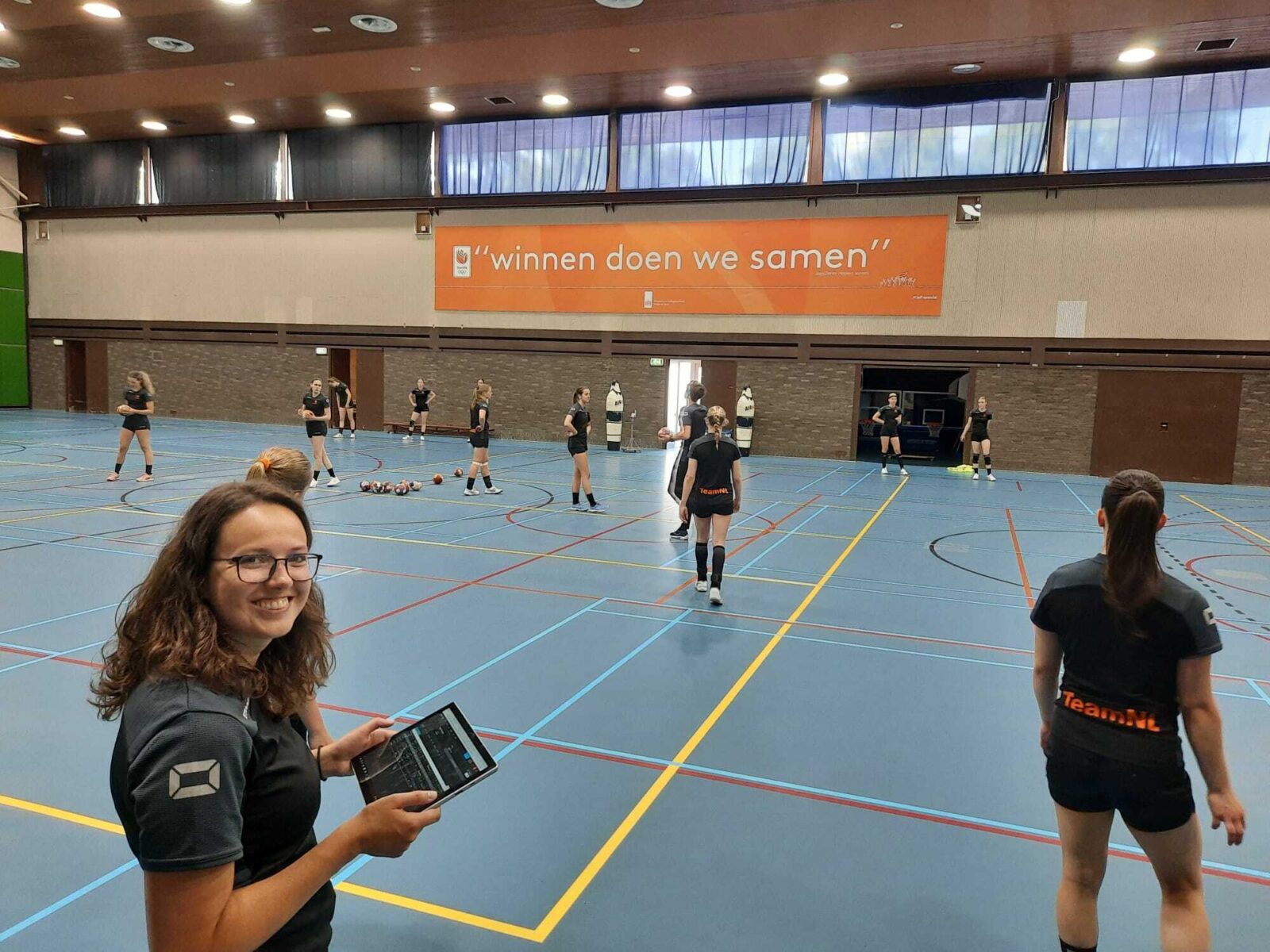
“During the weekends, the Handball Academy athletes all play (and train) for their own club. Due to their changing environments, it’s a challenge to fully monitor them. Using KINEXON, we can add objective data to our athlete management system.“
All matches and training sessions would be recorded. Blind spots would disappear — and all those involved would be able to make load management, performance optimization and injury prevention more effective.
It also fits in with the fact that DAIKIN HBL has set itself the goal of focusing even more intensively on “athletic development” — to better prepare players for the stresses and strains of a handball season.
If you’re interested in learning more about sports data analytics, sports performance software, and player tracking systems (handball or otherwise), don’t hesitate to contact us.
